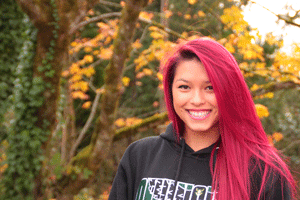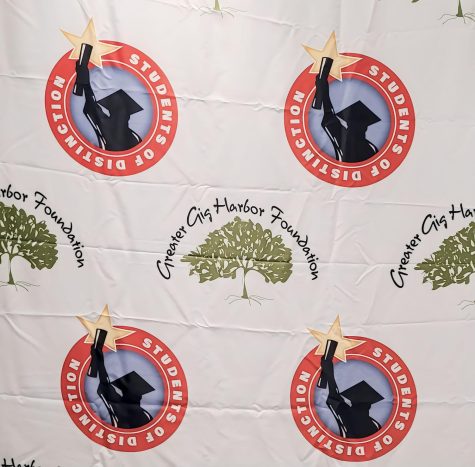Seasonal Affective Disorder (S.A.D.)
Seasonal Affective Disorder cause people to feel blue when skies are constantly grey
April 28, 2014
If one experiences the ‘blues’ in the winter months, that lasts longer than two weeks, they may be a victim of Seasonal Affective Disorder (S.A.D). S.A.D. is a form of depression that occurs in a certain season of the year; usually, but not limited to, the winter. People who experience S.A.D. have a normal mental health for most of the year but experience depression during a certain season, that usually occurs year after year. Symptoms of S.A.D include many of those similar to clinical depression. They are:
- Hopelessness, or feeling helpless
- Anxiety
- Loss of energy and/or having no motivation
- Heavy feeling in the arms or legs
- Social withdrawal
- Experiencing hypersomnia or oversleeping
- Loss of interest in activities you once enjoyed
- Appetite changes, especially a craving for foods high in carbohydrates
- Weight gain
- Difficulty concentrating and focusing
Treatments for S.A.D are also similar to clinical depression treatments. One option is light therapy, where patients sit in front of a UV light for about 15 minutes a day. The light gives off vital vitamin D that improves mood. There is also psychotherapy or talk therapy, with a counselor. Another option is medication or antidepressants. Senior Alanah Wilson-Goodale adds her opinion on the subject of S.A.D.
“I have never had S.A.D, just clinical depression, but it does get worse in the fall,” Wilson-Goodale said.
There are many different treatments for depression, medications and psychotherapy among other things. When asked about her personal experience, Wilson-Goodale said, “I would say other. I think that to overcome something as engulfing as depression, you need to figure it out for yourself. I think it’s a personal thing and that it is different for everyone.”
When suffering from depression, people have a lot to deal with. Depression is widely misunderstood as a choice and not a mental illness. While there are a lot of treatment options, it is up to personal need and preference when deciding what to do.













